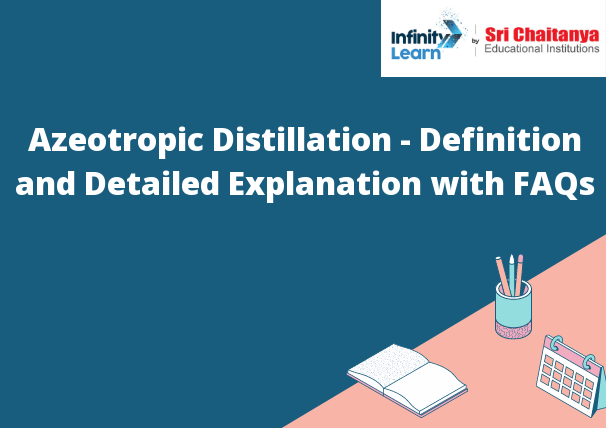Table of Contents
Ethanol Water Azeotrope Distillation
The azeotrope is a mixture of ethanol and water that has a constant boiling point, meaning that it cannot be separated by distillation. The azeotrope has a boiling point of 78.5 degrees Celsius, meaning that it will boil at the same temperature regardless of the pressure.

Material Separation Agent
A material separation agent is a chemical or physical agent that is used to separate two or more substances from each other. Material separation agents can be used to separate solids from liquids, liquids from liquids, or solids from solids. Some common material separation agents include filters, centrifuges, and sieves.
Distillation of Water/Ethanol
Distillation is a process of separating a liquid from a mixture of liquids by heating the mixture to the boiling point of the liquid you want to collect and then condensing the vaporized liquid back into a liquid. In the case of water and ethanol, the mixture is heated to the boiling point of water (100 degrees Celsius) and the water vapor is collected. The ethanol vapor is too heavy to be collected and is passed out the exhaust.
Difference Between Extractive Distillation and Azeotropic Distillation
- Extractive distillation is a type of distillation where a component of the mixture is selectively removed by using a solvent. The mixture is placed in a distillation column and the component that is less soluble in the solvent is vaporized. The vaporized component is then condensed and collected.
- Azeotropic distillation is a type of distillation where a component of the mixture is selectively removed by using azeotropic distillation. The mixture is placed in a distillation column and the component that is less soluble in the azeotropic mixture is vaporized. The vaporized component is then condensed and collected.
- Extractive distillation and azeotropic distillation are two different methods of distillation. Extractive distillation is a type of distillation where the components of a mixture are distilled in such a way that the most volatile component is distilled first. Azeotropic distillation is a type of distillation where the components of a mixture are distilled in such a way that the most volatile component is distilled last.
- Extractive distillation is often used to produce ethanol from a mixture of ethanol and water. In extractive distillation, the ethanol is distilled first and the water is distilled last. This is because ethanol is more volatile than water. Azeotropic distillation is often used to produce benzene from a mixture of benzene and toluene. In azeotropic distillation, the benzene is distilled first and the toluene is distilled last. This is because benzene is more volatile than toluene.






